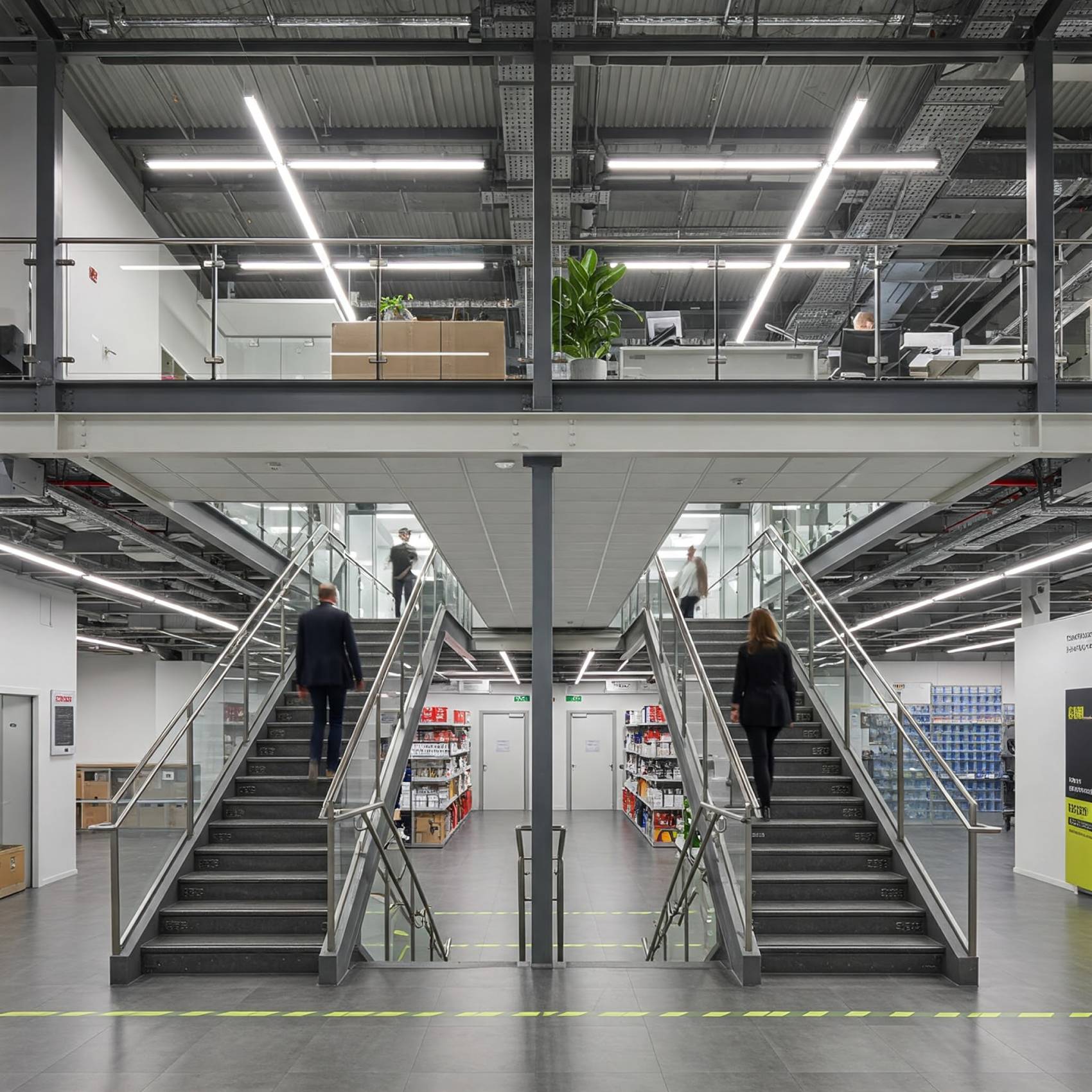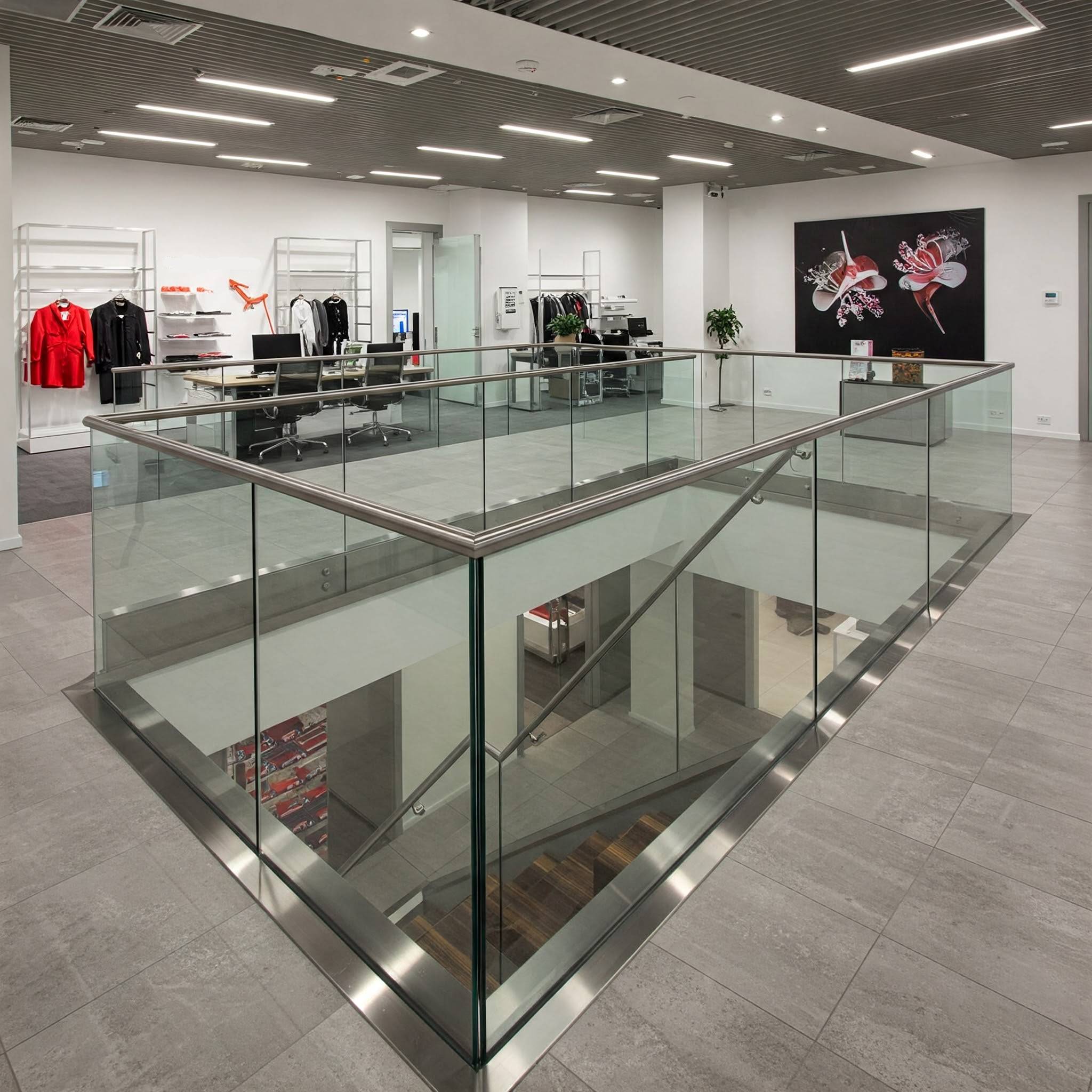Mezzanine Floor Installation Services: How Do They Work?
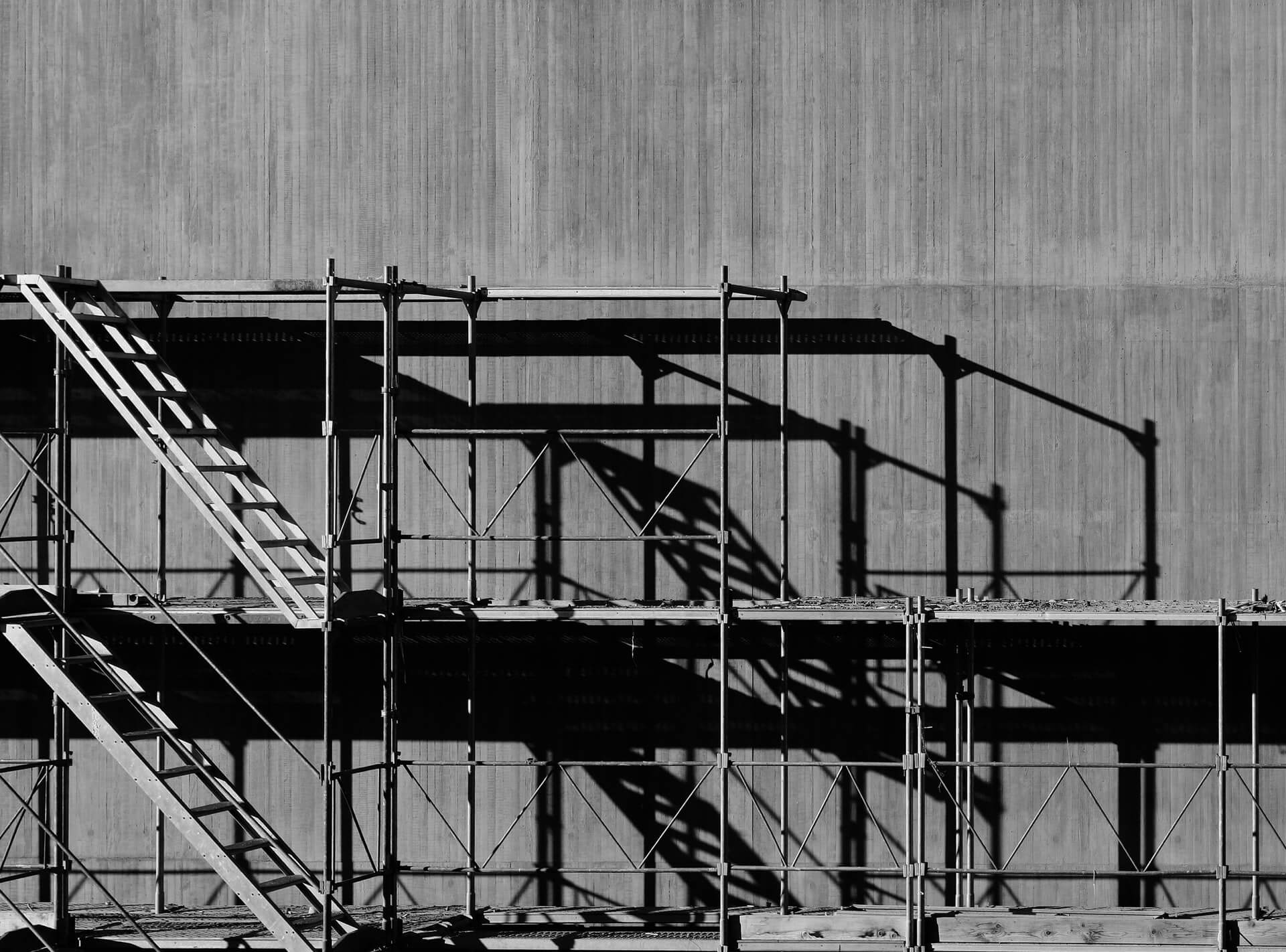
A mezzanine floor is a second storey that is built between the ceiling and the ground floor to provide additional storage, assembly, or office space. A mezzanine level is often designed to be 25% of a building’s flooring or less. A well-planned, developed, and positioned mezzanine floor serves a distinct and well-defined purpose.
Although mezzanine flooring is mostly utilised to provide additional storage space, it is also utilised in manufacturing, distribution, and the extension of retail space. Mezzanine-level flooring uses the space beneath the ceiling and above the floor that would otherwise be wasted with minimal effort, giving extra, and cheap space.
The engineering that is required to manufacture exactly the sort of flooring that will satisfy the application’s needs is a critical factor in the construction of floors for mezzanines. Manufacturers of mezzanine flooring collaborate closely with their customers to ensure that the product installed meets their requirements.
Construction Of Mezzanine Floor
The intended usage of the mezzanine determines the construction of a mezzanine floor. Mezzanines used to store parts and components may need to be particularly strong and durable, especially if the parts are constructed of various heavy metals. The mezzanine floor does not need to be thick for the businesses where light-weighted products need to be kept.
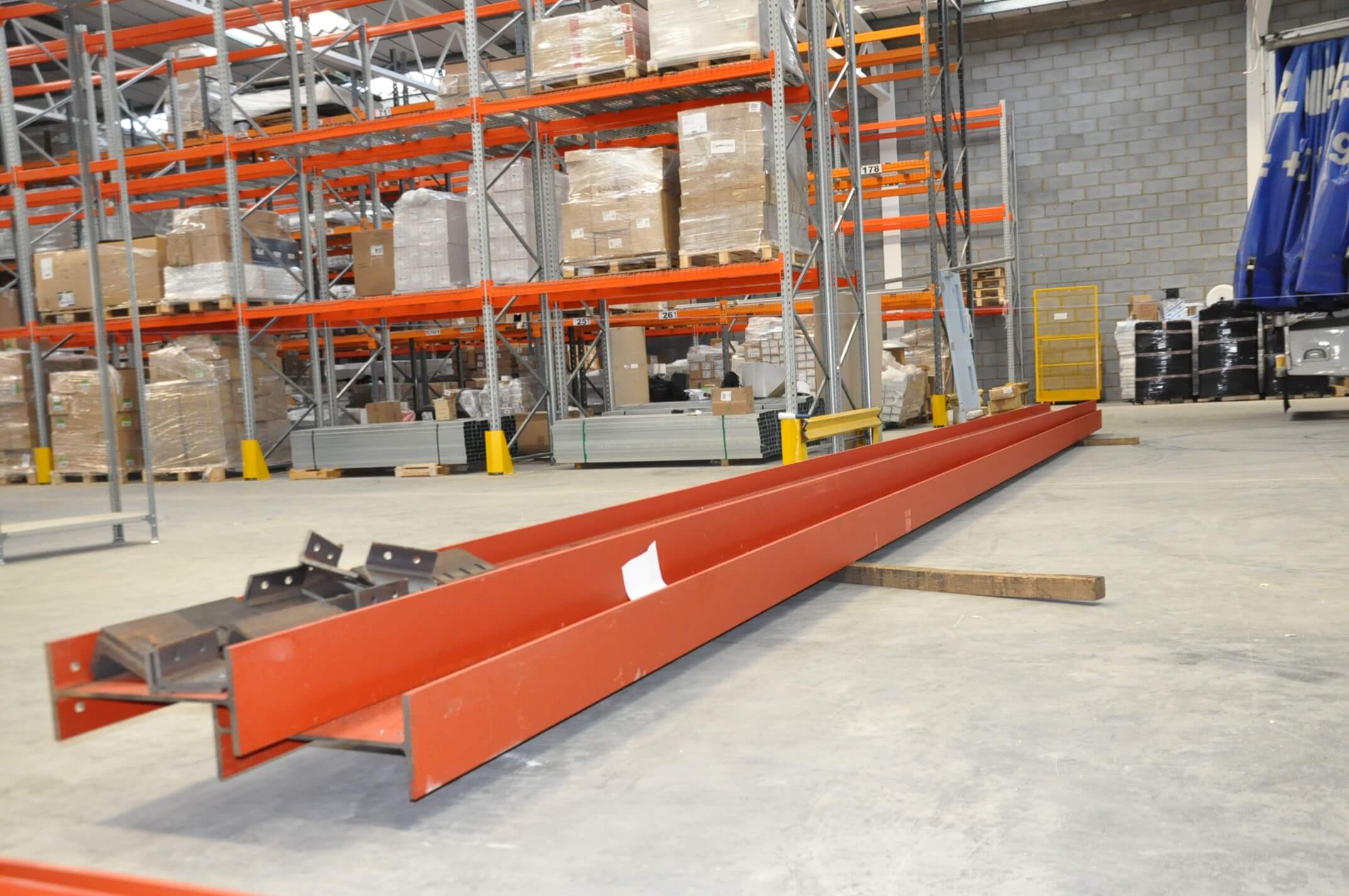 Components Required To Build Mezzanine Floor
Components Required To Build Mezzanine Floor
- Columns
The load per column, which is defined by the function of the mezzanine, is an important aspect of mezzanine construction. To accommodate more pressure on each column, a few columns may require the addition of heavy-duty foundation plates or footings. When designing and installing a mezzanine, the load on the columns and the slab’s capacity are critical considerations. - Braces
Heavy loads and equipment require additional support, which is provided by braces. The most frequent types of braces are knee braces and cross braces. Even though they offer solidity to the building, they restrict access to the space beneath the mezzanine, which can impede productivity and efficiency. Bolts linked to the top joints are a simple technique to free up space under the mezzanine during brace installation. - Slab
Weight and weight distribution determine slab capacity. There are specific criteria for each type of mezzanine floor in terms of the number of pounds per square foot (PSF).- Offices and platforms 60 pounds per square foot.
- Light production, storage, and warehousing 125 pounds per square foot.
- Heavy-duty storage and production 250 pounds per square foot.
How Important Is The Thickness Of Mezzanine Flooring?
Mezzanine flooring is thicker than regular flooring, giving it extra stability and a solid feel. When stepped on, a smaller section can still carry the load, but it lacks the same solid feel and creates a shaking or swinging sensation.
When a mezzanine is utilised for offices or retail, stability in the flooring is essential. A sense of solidity, security, and stability is a prerequisite for offices because it is impossible to correct once built. So, the thickness of a mezzanine floor must be the first consideration.
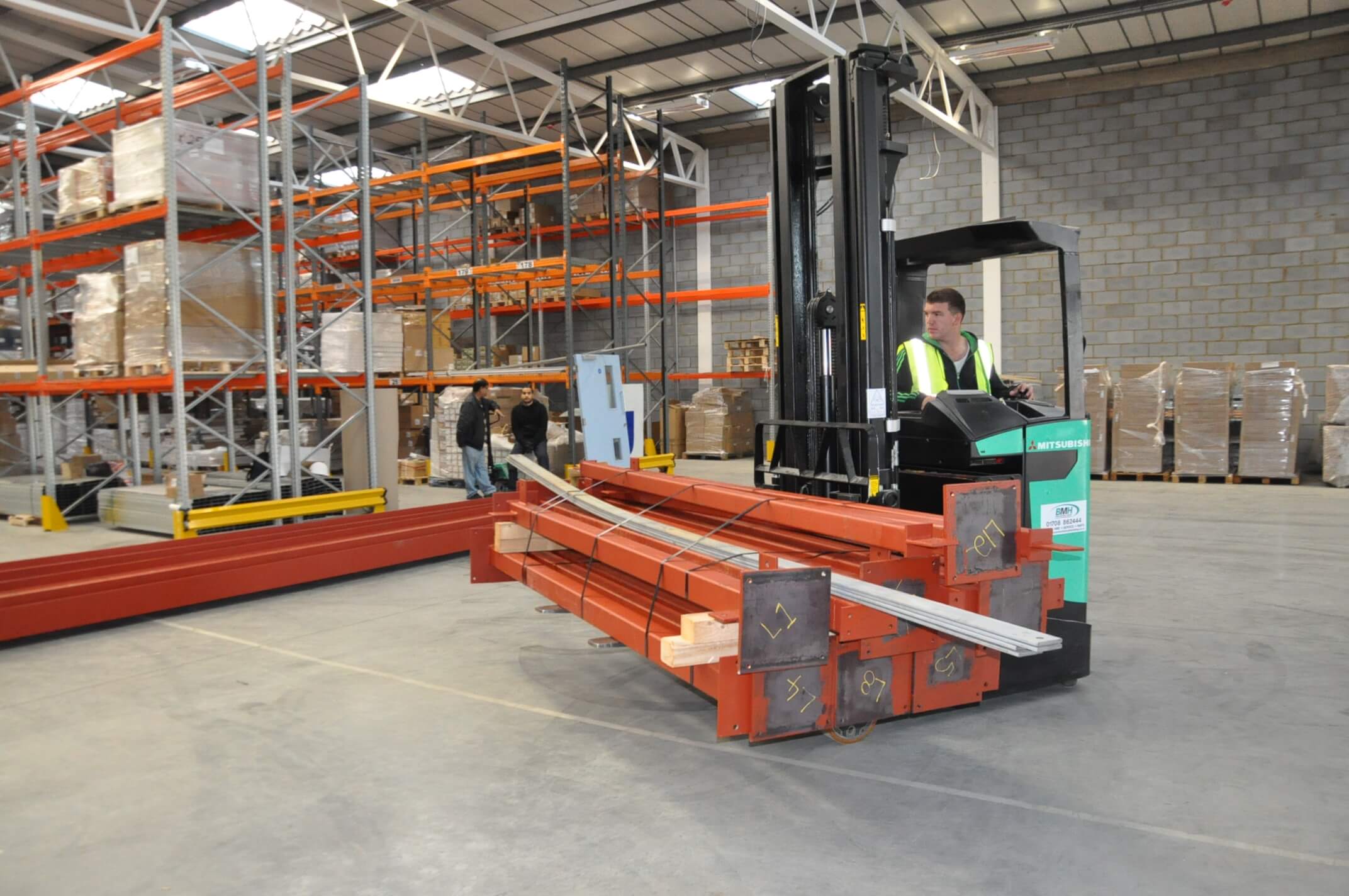 Installation Process
Installation Process
Your Project Manager will meet you on-site before the construction of the mezzanine floor to perform some last tests. Suppose the mezzanine floor is being placed in a busy workplace. In that case, the designated area will need to be temporarily sectioned off for safety reasons, and facilities should be made to allow for massive steel parts to pass through. In the meantime, the fabrication engineers will conduct quality checks and prepare to ship the mezzanine floor components.
Your mezzanine floor installation component pieces will be delivered to your location from the factory, where the installation team will be ready to unload the parts using a forklift truck. Heavy beams, columns, flooring, staircases, hand railing, and fasteners are among these components.
The team will begin by constructing the steel frame, which will be done in smaller pieces. They will identify where each part belongs and arrange the parts properly using drawings and part codes. For each part, they start by positioning the beams using a forklift truck so that the column can be fastened beneath them. Purlins will be installed in-between the beams and columns once the first ones are in place and secured.
As each bay is built, the process is repeated. The decking is then installed across the floor levels by attaching the floor panels to the skeleton structure’s top side. If a fire alarm is necessary, fire-resistant cladding is installed on the underside of the floor and wrapped around the columns. Staircases, handrails, and edge railing can now be put together and secured.
Bottom Line
If you are planning to install a Mezzanine floor, choosing a good company for the same is of great importance. You can refer to the services provided by Commercial Mezzanine for this purpose. We are a leading mezzanine floor provider and would provide you with the best services at very affordable pricing.


